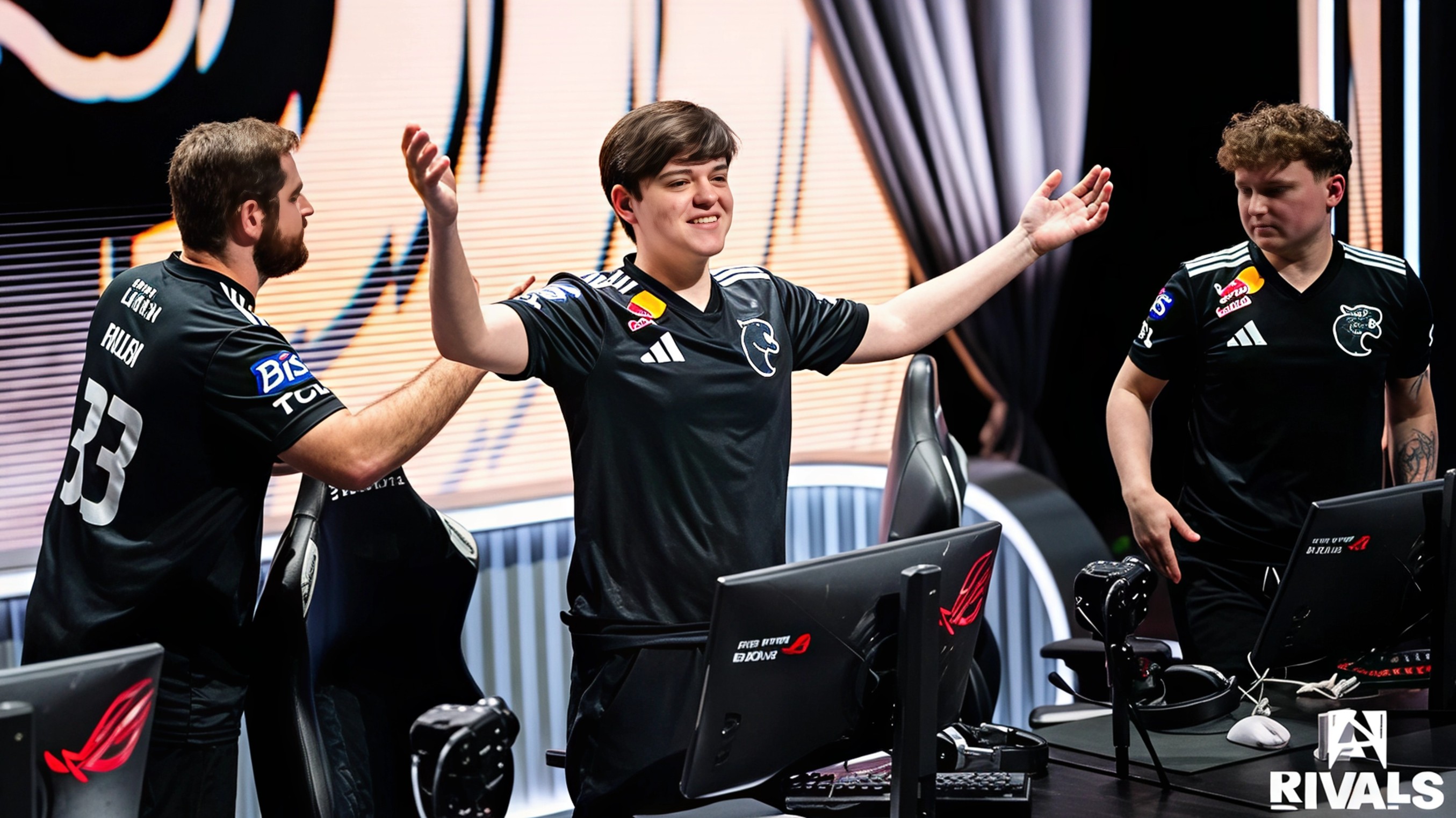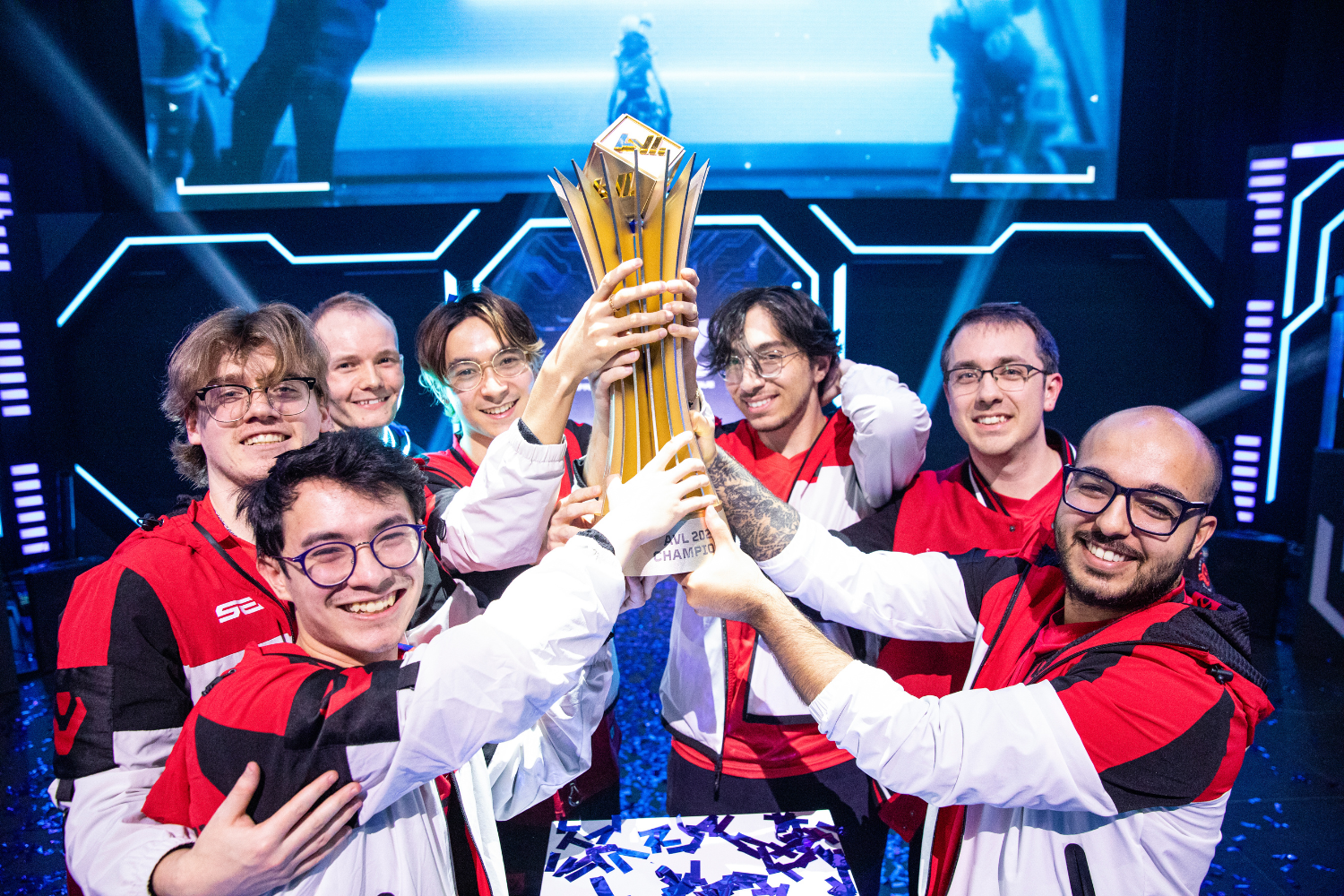November witnessed the release of the 'State of India Gaming Report' by Lumikai, in collaboration with Google, shedding light on the gaming habits of 2317 respondents, a representative sample of India's mobile gaming community. Despite its significance, the report received limited attention until now. Let's delve into its revelations, notably the remarkable finding that 41% of Indian gamers are women.
A Paradigm Shift: Women's Increasing Presence in Gaming
This statistic marks a significant departure from the perception of gaming as a male-dominated pursuit. Additionally, the report highlights the burgeoning interest in gaming among non-metro cities, constituting 66% of all mobile gamers, up from 57% last year. Lumikai claims a total of 568 million gamers in India, underlining the widespread appeal of gaming in the country.
Voices of Encouragement
Zerah Gonsalves Gulati, a veteran in esports and former TV presenter, finds the gender statistics heartening. She remarks, "I’ve witnessed firsthand the increasing presence of women in gaming, both as players and professionals... These statistics reflect growing recognition of the diverse interests and talents that women bring to the gaming community."
Persistent Challenges
Despite these positive trends, challenges persist, including stereotypes, harassment, and unequal access to opportunities. Notably, lower smartphone access among women poses a significant obstacle to their participation in gaming.
Gaming Preferences and Social Dynamics
The majority of respondents cited distraction, relaxation, or socialization as reasons for playing mobile games, with casual games like Ludo King, Candy Crush, and Temple Run emerging as favorites. However, limited access to personal devices impedes the enjoyment of these leisure activities, particularly for women.
Promoting Inclusivity and Empowerment
Gonsalves emphasizes the importance of fostering inclusivity and empowering underrepresented groups within the gaming community. She advocates for concerted efforts from stakeholders to ensure gaming remains an inclusive space for individuals of all genders, backgrounds, and locations.
Insights from Non-Metro Cities
Arunav, an architecture student from Ranchi, sheds light on the gaming culture in non-metro cities, where peer groups engage in gaming via mobile and PC setups. Despite the absence of gaming cafes, enthusiasts create their gaming environments at home, often sharing games through portable storage devices.
Gender Disparity in Esports
While esports has gained considerable traction, particularly among Twitch and YouTube audiences, female participation remains low. This gender gap extends to events such as the Hangzhou Asiads, where only a small fraction of participants were women.
Battling Casual Sexism
Shreya Dwivedi, a student at Hansraj College, highlights the prevalence of casual sexism in gaming culture. Despite this, she finds solace in the positive representation of female gamers, asserting her ability to excel in action and war games.
Behavioral Trends and Concerns
Lumikai's report indicates a notable increase in average gaming time per user per week, along with concerns regarding the potential side effects of prolonged gaming, including anxiety and mood swings. Dr. R. K. Suri, a clinical psychologist, underscores the need for moderation in gaming habits to mitigate such risks.
Economic Outlook
The report forecasts a promising economic trajectory for India's gaming industry, with significant revenue growth projected in the coming years. Real-money games (RMGs) are identified as a key revenue driver, despite regulatory challenges.
Statistical Snapshot
- India is second to China for total mobile game downloads, at 15.4 billion.
- India’s gaming industry has a market cap of $3.1 billion and is projected to touch a market cap of $7.5 billion by FY28.
- 50% of Indian gamers are aged 18-30, with a male-to-female ratio of roughly 60:40.
- Out of 568 million gamers, 140 million (about 25%) pay for games or in-app purchases, preferring UPI as the payment mode (62%).
- Real-money games (RMGs) experienced a $500 million revenue increase in FY23. The sector is projected to reach $2.4 billion by 2028, despite the new taxation policies.
Closing Remarks
Lumikai's 'State of India Gaming Report' offers valuable insights into the evolving landscape of Indian gaming, highlighting both opportunities and challenges. The increasing participation of women signals a transformative shift in the gaming ecosystem, paving the way for a more inclusive and vibrant community.








